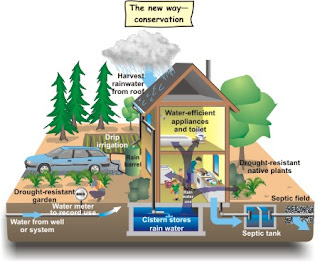With
the support of USAID, EAWAG and WHO, an assessment on the effectiveness of
school point of use (PoU) options in Dang and Kapilvastu districts was
conducted. The specific focus was to evaluate technical performance and
acceptance of the installed PoU options, their sustainability and possible
markets for replication at other project areas.
Throughout
the course of the monitoring study in 122 schools showed that 90% of large Colloidal
Silver Filter (CSF), 69% of clay CSF, 92% of plastic CSF, 60% of large BSF and
38% of SODIS were found to be in regular use. Water quality analysis results
within these options showed that the average E. Coli removal for large CSF was 83%, clay CSF was 86%, plastic
CSF was 100% and for large biosand filter (BSF) the average removal was found
to be 50%.
The
study showed that the breakage of
filter spout, disc and filter candles; unavailability of local market for spare
parts and leakage of the filters were main reasons behind the discontinuity of
CSF. The most concerning fact was 40% of large CS filters did not remove any coliforms.
On the other hand, the discontinuity of BSF at most of the schools was due to
the difficulty on filling the water, unavailability of iron nails and leakages.
Comparing the two filters, it was
found that most of the CSF users found there were no differences in taste,
smell, look and temperature of treated water compared to raw water. However, in
case of BSF all users expressed that the filtered water is better than raw
water (Table 1). Hence BSF will be promoted at Surkhet under Su-SWASTHA project
with prioritization given to local demand, entrepreneurship development,
marketing, outreach and local individual contribution.
Table 1: Comparison between
CSF and BSF at schools of Dang and Kapilvastu.
[1]
ENPHO (2011) Final Assessment Report on
the Effectiveness of Point of Use (PoU) Options in Dang and Kapilvastu
Districts in Nepal.






